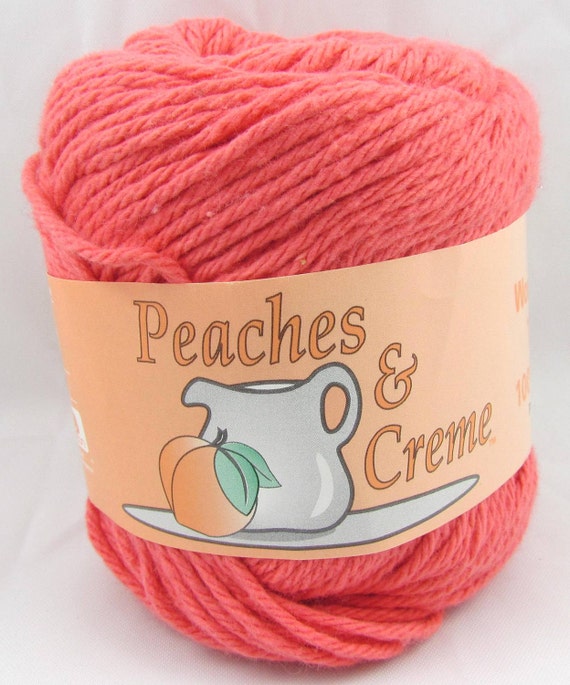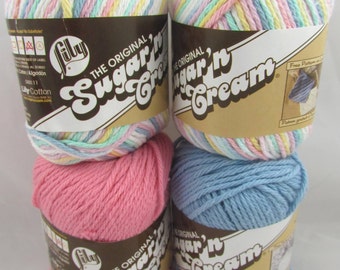

Protein digestibility-corrected amino acid scores were 0.49–0.53 for whole hemp seed, 0.46–0.51 for hemp seed meal, and 0.63–0.66 for hulled hemp seed. The amino acid profile of hemp seeds is comparable to the profiles of other protein-rich foods, such as meat, milk, eggs, and soy. Typically, the portion suggested on packages for an adult is 30 grams, approximately three tablespoons. The ratio of the 38.100 grams of polyunsaturated fats per 100 grams is 9.301 grams of omega‑3 to 28.698 grams of omega‑6. About 73% of the energy in hemp seeds is in the form of fats and essential fatty acids, mainly polyunsaturated fatty acids, linoleic, oleic, and alpha-linolenic acids. Hemp seeds are a rich source of dietary fiber (20% DV), B vitamins, and the dietary minerals manganese (362% DV), phosphorus (236% DV), magnesium (197% DV), zinc (104% DV), and iron (61% DV). Hemp seeds are notable in providing 64% of the Daily Value (DV) of protein per 100-gram serving. They contain 5% water, 5% carbohydrates, 49% total fat, and 31% protein. Food Ī 100-gram ( 3 + 1⁄ 2-ounce) portion of hulled hemp seeds supplies 2,451 kilojoules (586 kilocalories) of food energy. A survey in 2003 showed that more than 95% of hemp seed sold in the European Union was used in animal and bird feed. Hemp seeds have been used in bird feed mix as well. When oxidized (often erroneously referred to as "drying"), hemp oil from the seeds becomes solid and can be used in the manufacture of oil-based paints, in creams as a moisturizing agent, for cooking, and in plastics. The inner two fibers of the plant are woodier and typically have industrial applications, such as mulch, animal bedding, and litter. The bast fibers can be used to make textiles that are 100% hemp, but they are commonly blended with other fibers, such as flax, cotton or silk, as well as virgin and recycled polyester, to make woven fabrics for apparel and furnishings. Hemp is used to make a variety of commercial and industrial products, including rope, textiles, clothing, shoes, food, paper, bioplastics, insulation, and biofuel. In those languages "hemp" can refer to either industrial fiber hemp or narcotic cannabis strains. Ĭognates of hemp in other Germanic languages include Dutch hennep, Danish and Norwegian hamp, Saterland Frisian Hoamp, German Hanf, Icelandic hampur and Swedish hampa. Another possible source of origin is Assyrian qunnabu, which was the name for a source of oil, fiber, and medicine in the 1st millennium BC. Barber (1991) however, argued that the spread of the name "kannabis" was due to its historically more recent plant use, starting from the south, around Iran, whereas non-THC varieties of hemp are older and prehistoric. In the Germanic languages, following Grimm's law, the "k" would have changed to "h" with the first Germanic sound shift, giving Proto-Germanic * hanapiz, after which it may have been adapted into the Old English form, hænep, henep. Then it appears to have been borrowed into Latin, and separately into Slavic and from there into Baltic, Finnish, and Germanic languages. The etymology is uncertain but there appears to be no common Proto-Indo-European source for the various forms of the word the Greek term κάνναβις ( kánnabis) is the oldest attested form, which may have been borrowed from an earlier Scythian or Thracian word. Etymology įurther information: Etymology of cannabis Some governments regulate the concentration of THC and permit only hemp that is bred with an especially low THC content into commercial production. The legality of hemp varies widely among countries. Hemp typically has lower concentrations of total THC and may have higher concentrations of cannabidiol (CBD), which potentially mitigates the psychoactive effects of THC. Īlthough chemotype I cannabis and hemp (types II, III, IV, V) are both Cannabis sativa and contain the psychoactive component tetrahydrocannabinol (THC), they represent distinct cultivar groups, typically with unique phytochemical compositions and uses. It can be refined into a variety of commercial items, including paper, rope, textiles, clothing, biodegradable plastics, paint, insulation, biofuel, food, and animal feed. It was also one of the first plants to be spun into usable fiber 50,000 years ago. Along with bamboo, hemp is among the fastest growing plants on Earth. It can be used to make a wide range of products.


Hemp, or industrial hemp, is a botanical class of Cannabis sativa cultivars grown specifically for industrial or medicinal use. Drone video of a hemp themed maze in a hemp (kanep in Estonian) field in Kanepi parish, Estonia (August 2022)


 0 kommentar(er)
0 kommentar(er)
